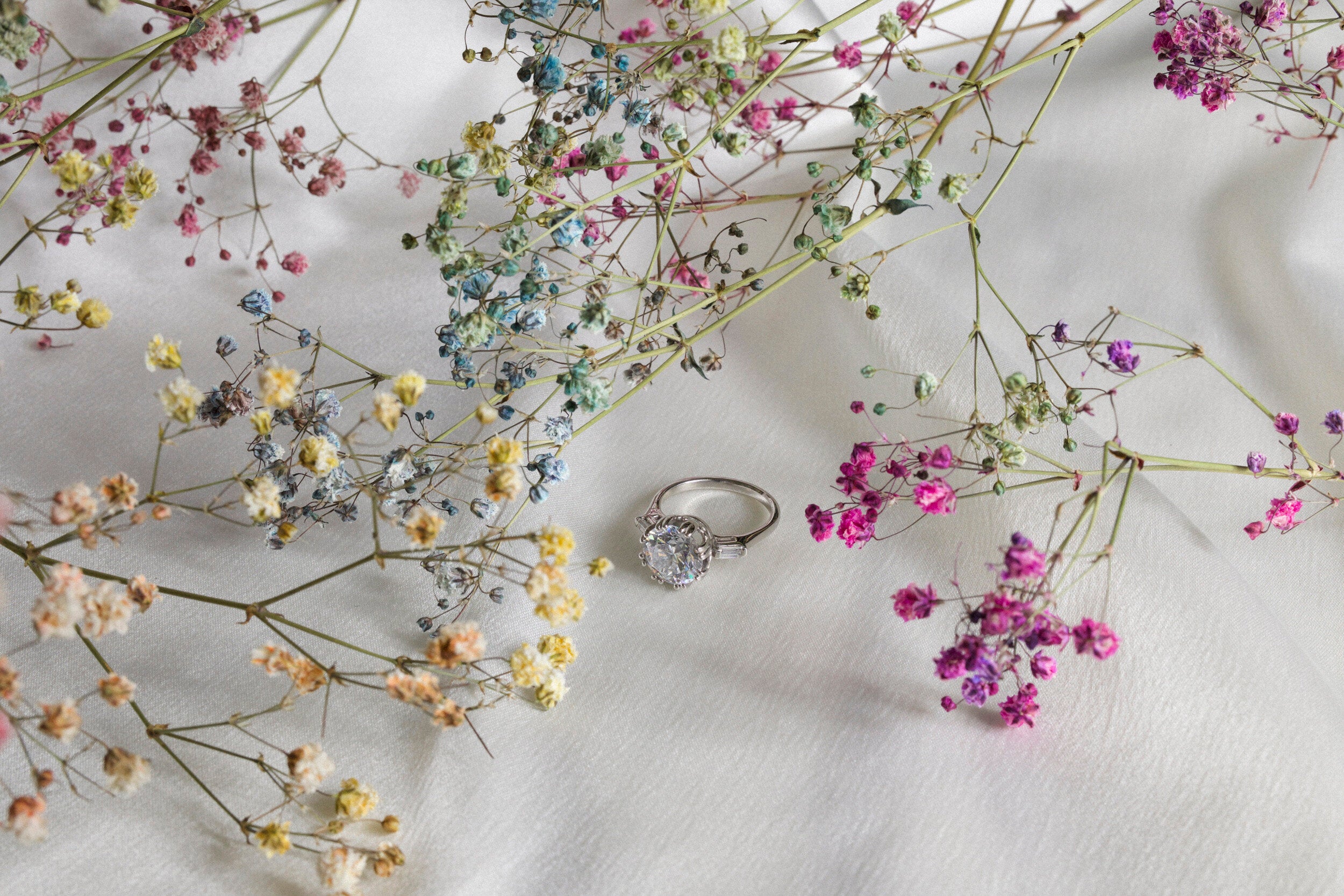Rather than excavating around 1,750 tonnes of earth to produce 1 ct, lab-grown diamonds are made by recreating the same environment that happens underground but in a laboratory environment using a carbon seed and carbon-rich gases.
Lab-grown diamonds have the same physical, chemical and optical composition as mined diamonds and are indistinguishable to even an expert jeweller.

The 4 C’s
Are the universally accepted methods used to asses the quality of a diamond, mined or lab. These are used across the globe.
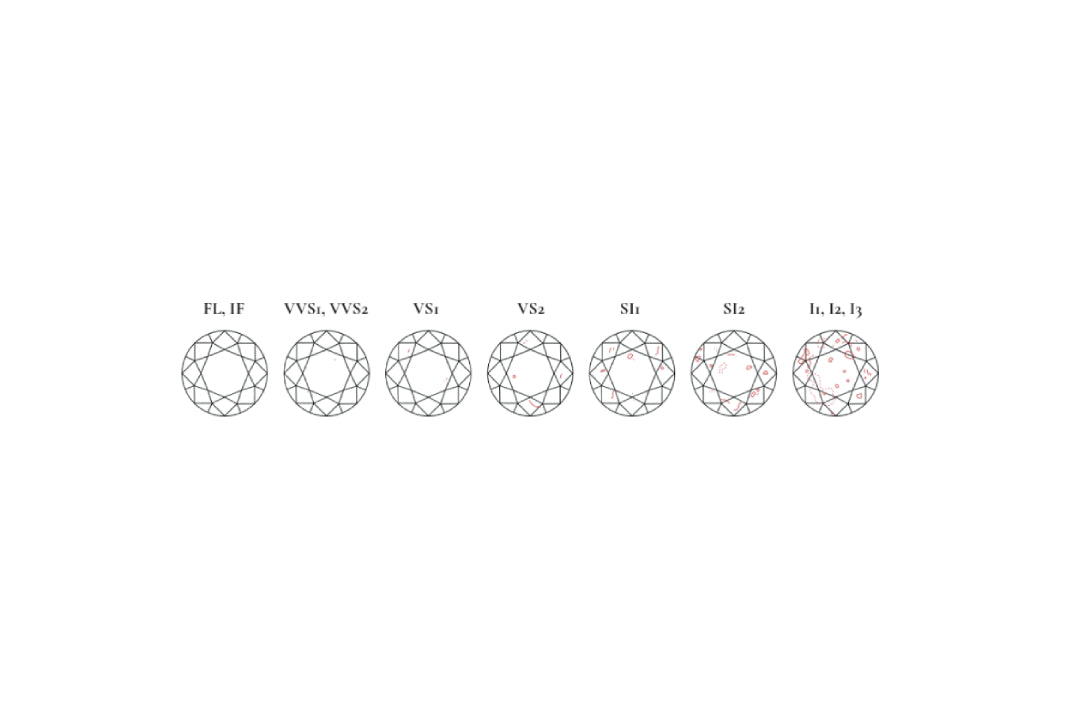
Clarity
Both mined diamonds and lab-grown diamonds have clarity imperfections called inclusions. These are formed within the diamond as it grows and the value of the diamond is determined by the number of, type, position and visibility of inclusions. Clarity is graded from flawless to included, with flawless being the rarest.
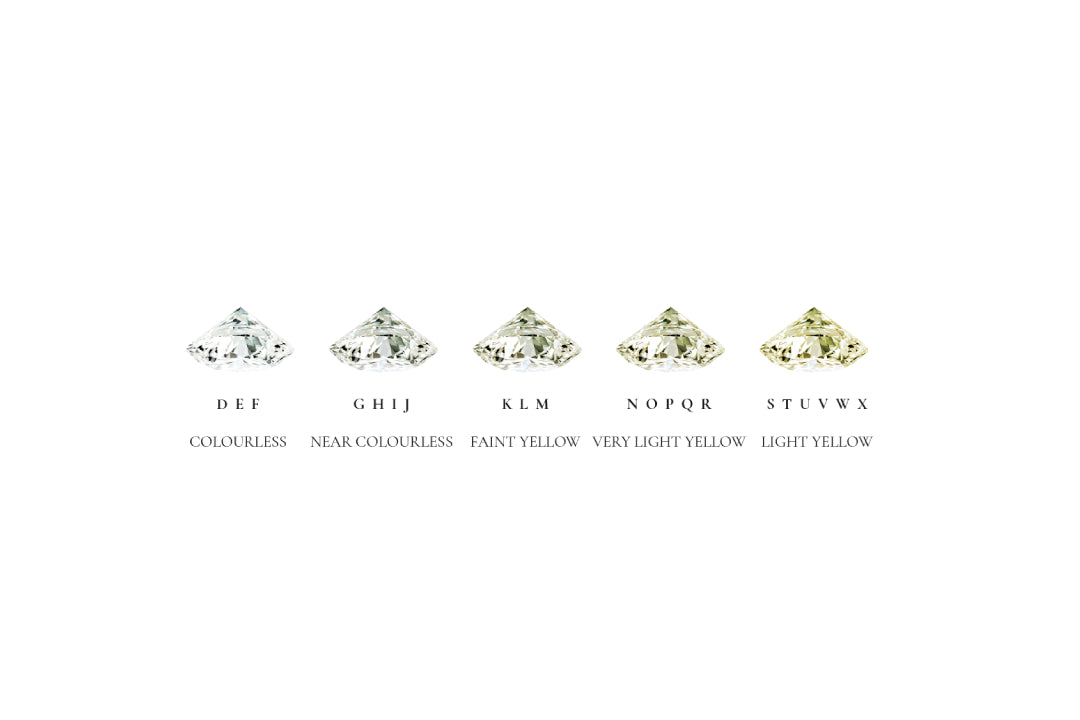
Colour
Diamonds are graded from D to Z, with D being colourless and Z being Light Yellow. Colourless diamonds are rarer and therefore more valuable.
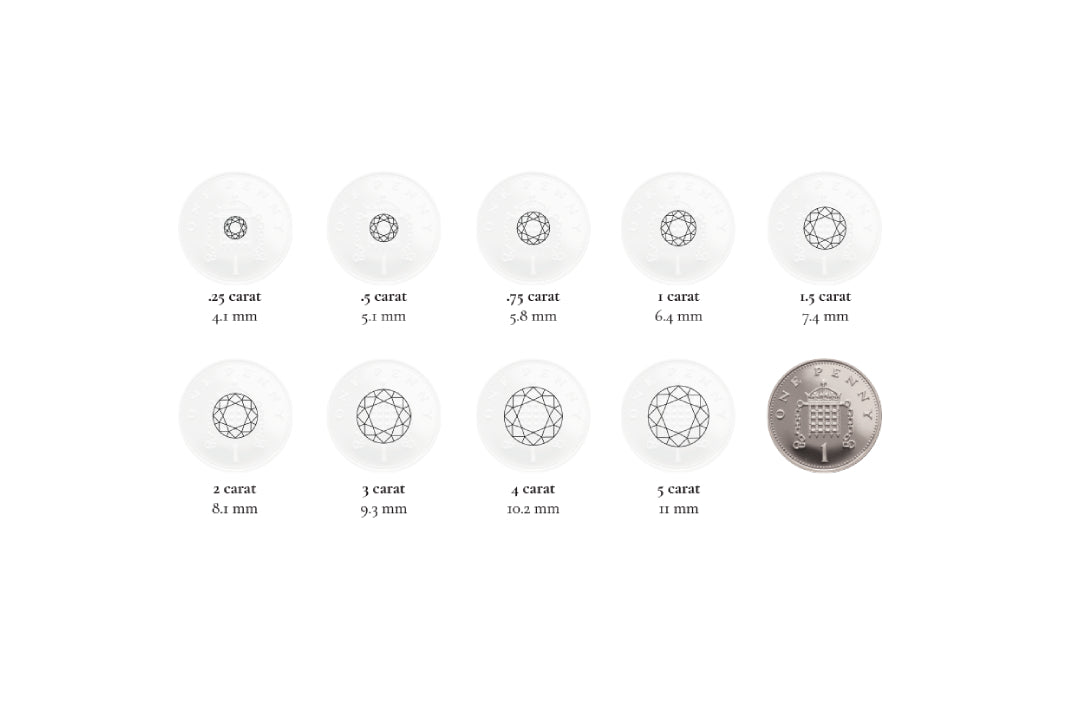
Carat
Carat refers to the size of your diamond. One carat is equal to 200 milligrams. As with mined diamonds, the value of a lab-grown diamond is determined by its rarity. Its rarity will be defined by the combination of its size and other characteristics. For example, a smaller diamond may have a greater value than a larger one due to the quality of its clarity, colour and cut grade.
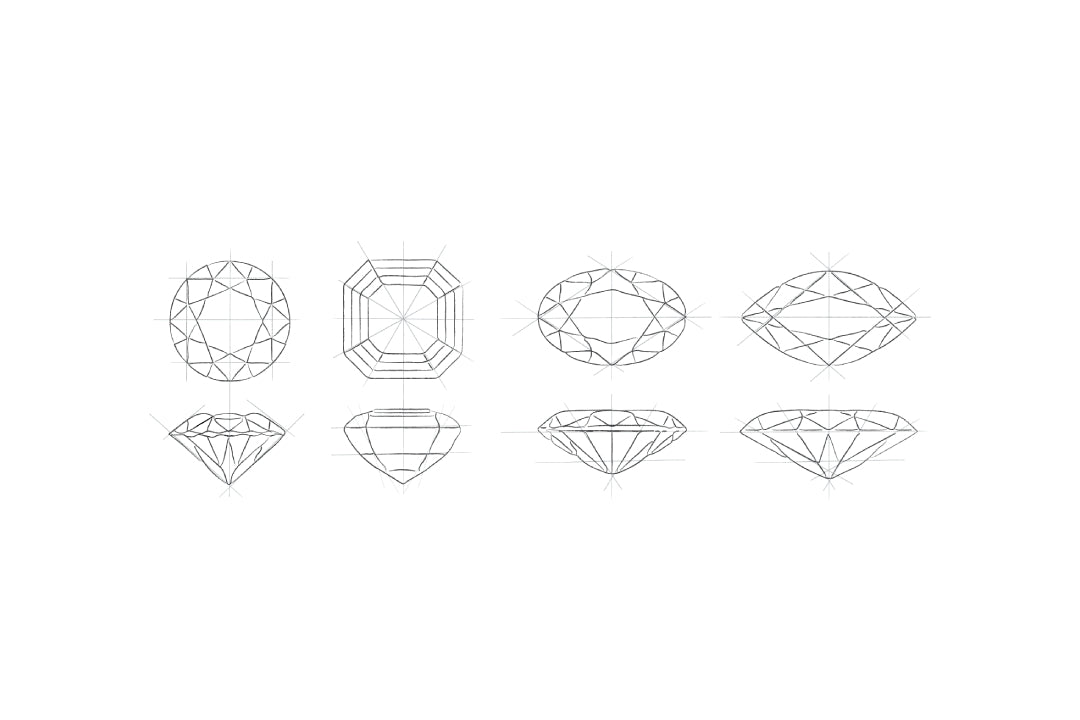
Cut
Cut determines the shape and proportion of a diamond which directly affects it’s brilliance, fire and scintillation. In simpler terms, this means how much it reflects light and appears to sparkle and flash as you move. It is most often the terminology used to describe which type of diamond cut you prefer, such as brilliant round, emerald or cushion cut.

